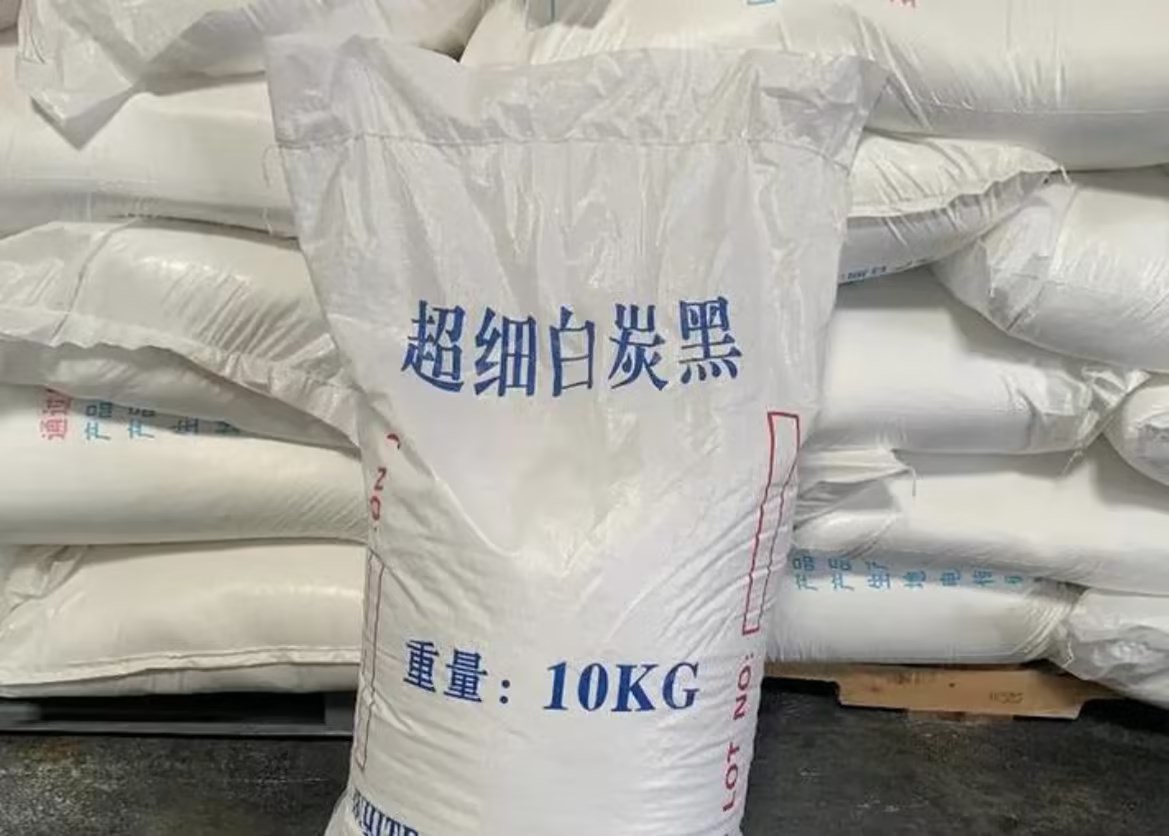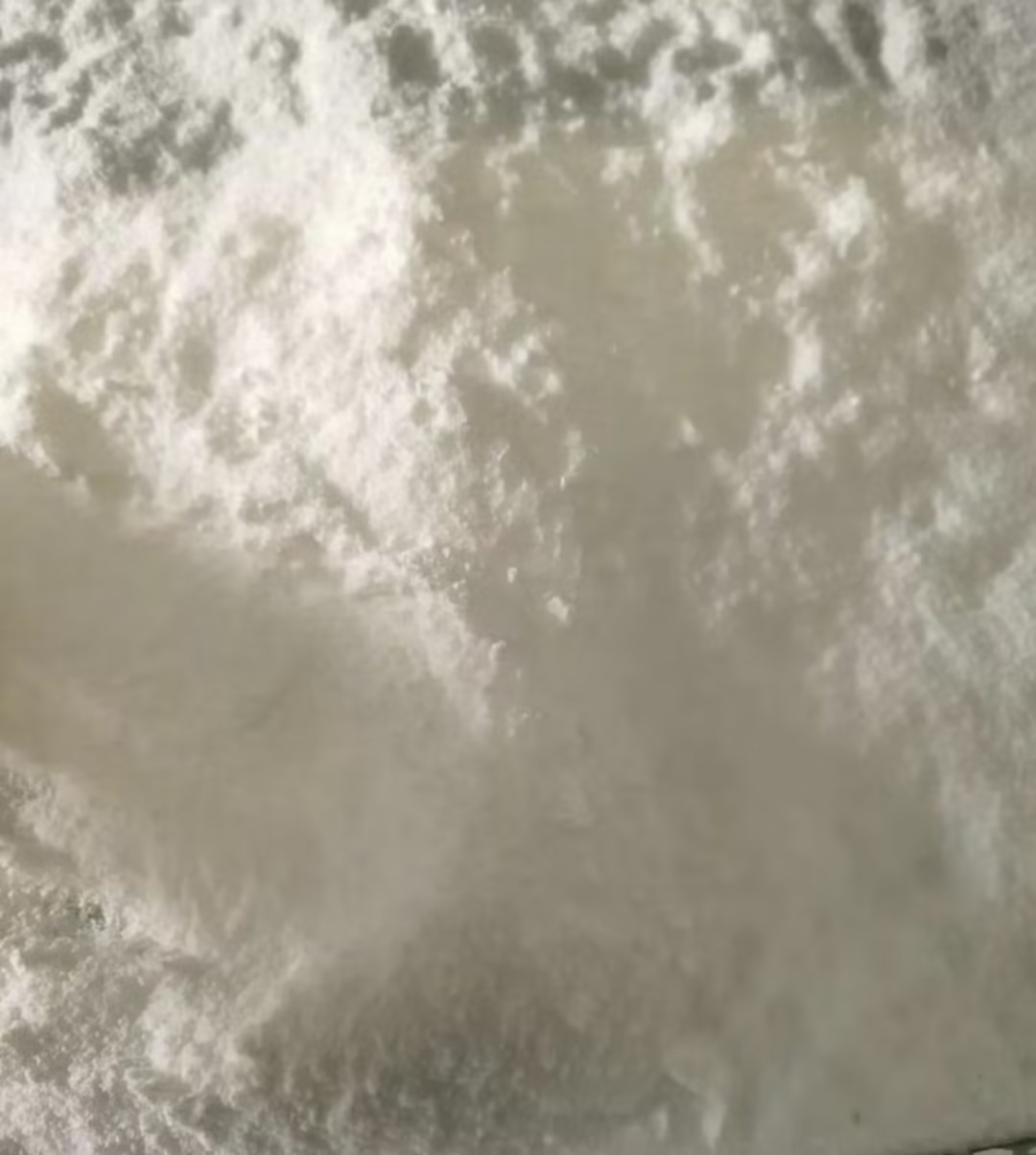Differences and connections between silicon dioxide, carbon black, white carbon black, and silicon micro powder
Silicon dioxide, carbon black, white carbon black, and silicon micro powder have certain chemical elements and structures, but they have significant differences in properties and applications.
https://www.iotasilica.com/product-fumed-silica-iota-hb4132.html
 Chemical elements and structure:
Chemical elements and structure: The main components of all four contain silicon element. Silicon dioxide is a compound of silicon and oxygen, carbon black is mainly composed of carbon, while white carbon black and silicon micro powder are mainly composed of silicon dioxide. Structurally, they all contain the basic units of silicon oxygen tetrahedra.
Property differences: Silicon dioxide has stable chemical properties, high fire resistance, high temperature resistance, and other characteristics; Carbon black has a high specific surface area and good conductivity; White carbon black has a porous structure and strong adsorption properties; Silicon micro powder has high purity and excellent physical and chemical properties.
 Application areas:
Application areas: Each of the four has its own focus in the application area, but there are also intersections. For example, silica is mainly used in fields such as glass and optical fibers; Carbon black is mainly used in rubber, ink and other fields; White carbon black is widely used in fields such as rubber, papermaking, toothpaste, etc; Silicon micro powder is mainly used in fields such as ceramics, coatings, rubber, plastics, etc.
In summary, although silica, carbon black, white carbon black, and silica micro powder have certain chemical elements and structures, their properties and application fields have their own characteristics, providing important support for the development of modern industry.

